Home>Home Appliances>Home Automation Appliances>What Is Google Home For
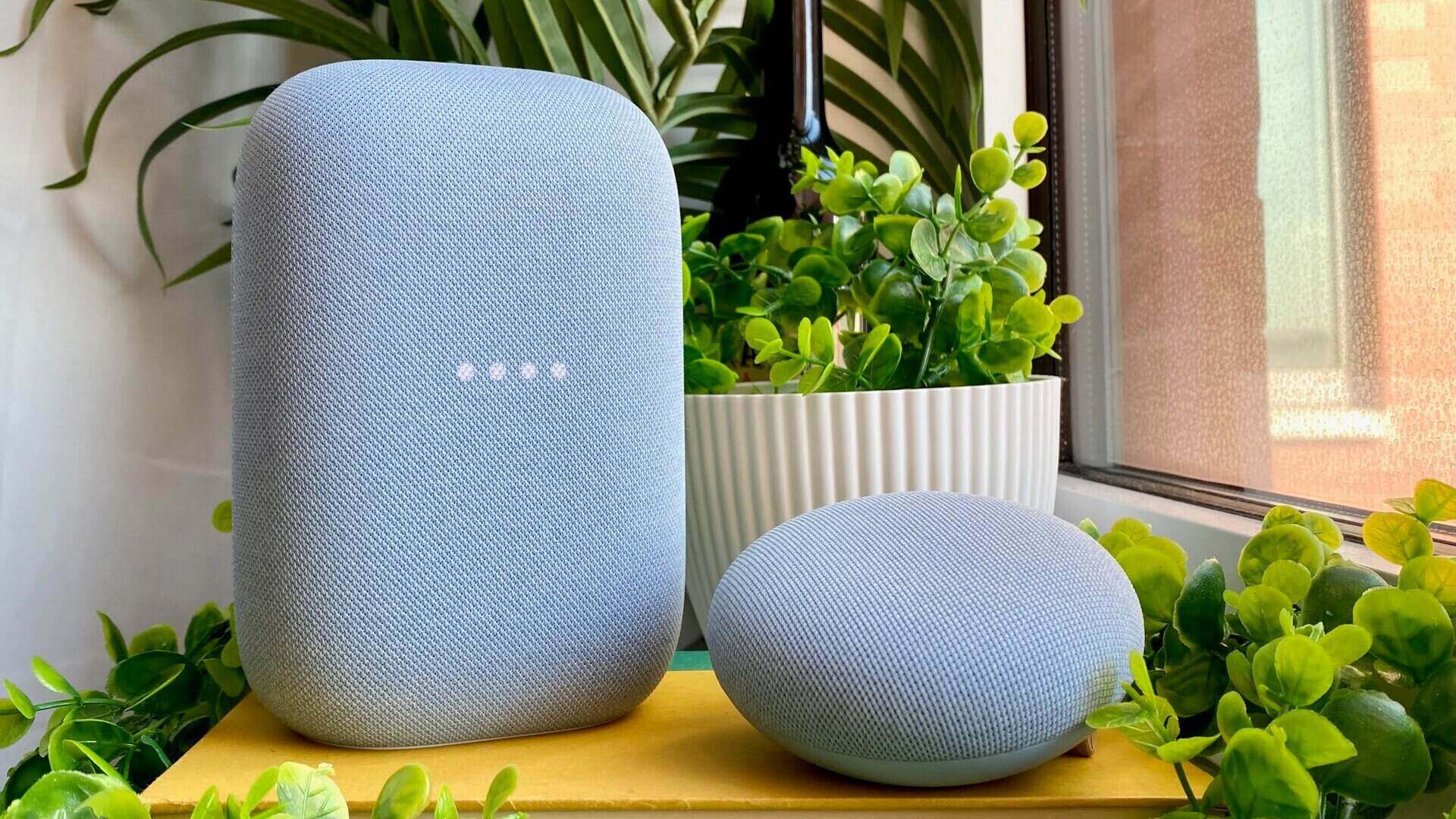

Home Automation Appliances
What Is Google Home For
Modified: February 25, 2024
Discover the convenience of Google Home for managing your home automation appliances. Learn how to simplify your daily routines with voice commands and smart technology.
(Many of the links in this article redirect to a specific reviewed product. Your purchase of these products through affiliate links helps to generate commission for Storables.com, at no extra cost. Learn more)
Introduction
In the rapidly evolving landscape of home automation, Google Home has emerged as a prominent player, revolutionizing the way we interact with our living spaces. This innovative device, powered by Google Assistant, is designed to seamlessly integrate into your home environment, offering a diverse array of functions that cater to convenience, entertainment, and information retrieval.
Google Home represents a pivotal shift in the way we interact with technology within our homes. By harnessing the power of voice commands, this smart speaker enables users to control various compatible devices, access a wealth of information, and enjoy entertainment options, all through simple verbal prompts.
As we delve deeper into the realm of Google Home, we will explore its features, functionality, and the manner in which it can enhance the overall living experience. Whether you are a tech enthusiast or someone seeking to streamline daily tasks, Google Home has the potential to redefine the way you engage with your home environment.
Join me on this insightful journey as we unravel the capabilities and intricacies of Google Home, shedding light on its practical applications and the seamless integration it offers within the modern smart home ecosystem. Let's embark on an exploration of this cutting-edge technology and discover how it can elevate the functionality and convenience of your living space.
Key Takeaways:
- Google Home is a smart speaker that uses voice commands to control devices, access information, and provide entertainment, making it a convenient addition to modern homes.
- It’s important to consider privacy and security when using Google Home, ensuring that personal data is protected and users have control over their interactions within the smart home ecosystem.
Read more: What To Do With Google Home
What Is Google Home?
Google Home is a smart speaker and voice assistant powered by Google Assistant, designed to simplify and enhance various aspects of daily life. This innovative device serves as a central hub for controlling smart home devices, retrieving information, managing tasks, and enjoying entertainment, all through intuitive voice commands.
At its core, Google Home is engineered to seamlessly integrate into your living space, offering a hands-free approach to accessing a wide range of services and features. Its compact and sleek design enables it to blend effortlessly into any home environment, while its advanced capabilities empower users to interact with technology in a more natural and intuitive manner.
By harnessing the power of artificial intelligence and machine learning, Google Home is equipped to understand and respond to voice commands, providing personalized assistance tailored to individual preferences. Whether it’s checking the weather, setting reminders, playing music, or controlling smart home devices, Google Home acts as a versatile and responsive companion, catering to a myriad of needs with remarkable efficiency.
Furthermore, Google Home is part of a larger ecosystem of smart devices, offering seamless integration with other Google Assistant-enabled products and services. This interconnected approach allows users to extend the functionality of Google Home, creating a unified and cohesive smart home experience that revolves around convenience, accessibility, and personalized interactions.
In essence, Google Home represents a convergence of cutting-edge technology and everyday utility, redefining the way we interact with our living spaces. Its ability to adapt to individual preferences, provide timely information, and facilitate effortless control over various devices positions it as a transformative addition to modern homes, offering a glimpse into the future of interconnected and intelligent living environments.
Features of Google Home
Google Home encompasses a diverse array of features that cater to a wide spectrum of needs, ranging from everyday convenience to entertainment and productivity. By leveraging the capabilities of Google Assistant, this smart speaker offers a multifaceted and intuitive user experience, empowering individuals to streamline tasks and access information with remarkable ease.
Some of the key features of Google Home include:
- Voice-Activated Assistance: Google Home operates as a hands-free voice-activated assistant, allowing users to perform tasks, retrieve information, and control smart home devices through natural language commands.
- Smart Home Control: With compatibility across a broad range of smart home devices and platforms, Google Home serves as a centralized control hub, enabling users to adjust lighting, thermostats, and other connected devices using voice commands.
- Information Retrieval: Users can obtain real-time information on topics such as weather updates, news, sports scores, and general knowledge queries, providing a seamless avenue for staying informed and up-to-date.
- Entertainment Options: Google Home offers access to various entertainment services, including music streaming, podcast playback, and integration with popular media platforms, delivering a rich audio experience tailored to individual preferences.
- Task Management: Through voice commands, users can set reminders, create shopping lists, manage schedules, and receive personalized updates, enhancing productivity and organizational efficiency.
- Multi-Room Audio: Google Home supports multi-room audio playback, allowing users to synchronize music playback across different rooms equipped with compatible devices, creating a seamless and immersive audio experience throughout the home.
- Personalized Responses: Leveraging machine learning, Google Home provides personalized responses and recommendations based on user interactions, adapting to individual preferences and evolving usage patterns over time.
These features collectively position Google Home as a versatile and indispensable addition to modern households, offering a holistic approach to smart living that prioritizes convenience, accessibility, and personalized experiences. With its seamless integration into the broader Google Assistant ecosystem, Google Home represents a gateway to a more connected and intelligent home environment, enriching daily routines and interactions through advanced technology and intuitive functionality.
How Does Google Home Work?
Google Home operates through a combination of advanced hardware, integrated software, and cloud-based services, culminating in a seamless and intuitive user experience. At its core, Google Home is designed to process voice commands, retrieve information, and interact with compatible smart home devices, all while leveraging the power of Google Assistant to deliver personalized and responsive assistance.
The key components and functionality that enable Google Home to work effectively include:
- Voice Recognition and Processing: Google Home is equipped with far-field microphones and advanced voice recognition technology, allowing it to accurately capture and process voice commands from users across various distances and angles within a room.
- Google Assistant Integration: As the driving force behind Google Home, Google Assistant leverages artificial intelligence and natural language processing to understand user queries, retrieve relevant information, and execute commands with precision and context-awareness.
- Cloud Connectivity: Google Home relies on cloud-based services to access a vast repository of information, perform real-time data processing, and connect with external platforms and smart home devices, ensuring seamless and responsive interactions.
- Smart Home Device Communication: Through compatible protocols and integrations, Google Home communicates with a wide array of smart home devices, enabling users to control lighting, thermostats, security systems, and other connected appliances using voice commands.
- Contextual Understanding: Google Home excels in contextual understanding, allowing it to maintain conversational context, remember previous interactions, and provide relevant responses based on user preferences and historical data.
- Continuous Learning and Adaptation: Leveraging machine learning algorithms, Google Home continuously learns from user interactions, adapts to evolving preferences, and refines its responses and recommendations over time, enhancing the overall user experience.
By seamlessly integrating these elements, Google Home operates as an intelligent and responsive assistant, capable of understanding natural language, executing commands, and facilitating a wide range of tasks and interactions within the smart home environment. Whether it’s providing real-time information, controlling smart devices, or delivering personalized recommendations, Google Home functions as a versatile and indispensable companion, redefining the way we engage with technology in our daily lives.
Setting Up Google Home
Setting up Google Home is a straightforward process that involves a few simple steps to establish connectivity, configure preferences, and personalize the device according to individual requirements. Whether you are unboxing a new Google Home device or adding an additional unit to your smart home ecosystem, the setup process is designed to be intuitive and user-friendly.
The key steps involved in setting up Google Home include:
- Unboxing and Powering On: Upon unboxing the Google Home device, connect it to a power source using the provided power adapter. Once powered on, the device will initiate the setup process, indicated by visual and audio cues.
- Downloading the Google Home App: To begin the setup process, download and install the Google Home app on your smartphone or tablet from the respective app store. This app serves as the central interface for configuring and managing Google Home devices.
- Connecting to Wi-Fi: Using the Google Home app, follow the on-screen instructions to connect the Google Home device to your Wi-Fi network. This step is crucial for enabling seamless access to cloud-based services, updates, and smart home integrations.
- Device Discovery and Pairing: The app will automatically detect the nearby Google Home device. Follow the prompts to pair your smartphone or tablet with the Google Home unit, establishing a secure and seamless connection between the two devices.
- Customizing Settings: Through the Google Home app, personalize various settings such as preferred language, location, and linked Google accounts. Additionally, you can configure specific preferences related to music services, news sources, and smart home device integrations.
- Voice Match Setup: For personalized responses and tailored experiences, consider setting up Voice Match within the Google Home app. This feature enables Google Home to recognize individual voices and provide personalized information and recommendations based on user profiles.
- Completing the Setup: Once the initial configurations are in place, the Google Home device is ready for use. Explore the app’s interface to familiarize yourself with the various features, controls, and integrations available for your Google Home unit.
By following these steps, users can seamlessly set up Google Home and harness its full potential as a versatile smart assistant and control hub within their homes. The intuitive nature of the setup process ensures that users can quickly integrate Google Home into their living spaces, unlocking a world of convenience, connectivity, and personalized interactions.
Google Home is a voice-activated smart speaker that can help you with tasks like setting reminders, playing music, controlling smart home devices, and answering questions. It’s a great tool for making your daily life easier and more efficient.
Read more: What Is A Google Home Hub
Using Google Home
Utilizing Google Home involves leveraging its diverse capabilities to streamline tasks, access information, control smart home devices, and enjoy personalized entertainment experiences, all through natural and intuitive interactions. Whether it’s managing daily routines, seeking instant answers, or immersing in music and media, Google Home offers a seamless and hands-free approach to enhancing various aspects of daily life.
Some of the key ways to use Google Home include:
- Voice Commands for Smart Home Control: With Google Home, users can effortlessly control compatible smart home devices by issuing voice commands. Whether it’s adjusting the thermostat, dimming lights, or locking doors, the device serves as a centralized control hub for managing various aspects of the smart home environment.
- Information Retrieval and Assistance: By simply asking questions or making requests, users can obtain real-time information on a wide range of topics, including weather updates, traffic conditions, news headlines, and general knowledge queries. Google Home’s integration with Google Assistant ensures accurate and contextually relevant responses.
- Task Management and Reminders: Google Home facilitates efficient task management by allowing users to set reminders, create shopping lists, and manage schedules through voice commands. This feature enhances productivity and organizational capabilities, providing seamless assistance in managing daily routines.
- Entertainment and Media Playback: Users can enjoy personalized entertainment experiences by instructing Google Home to play music from various streaming services, access podcasts, or tune in to favorite radio stations. The device’s multi-room audio support enables synchronized playback across different rooms for a cohesive audio experience.
- Hands-Free Calling and Messaging: Google Home offers the convenience of hands-free calling and messaging, allowing users to place calls, send messages, and communicate with contacts through voice commands, providing an effortless and efficient communication channel within the home environment.
- Integration with Third-Party Services: Google Home seamlessly integrates with a wide array of third-party services and smart home platforms, enabling users to access a diverse ecosystem of apps, services, and devices, expanding the functionality and versatility of the device.
By harnessing these capabilities, users can seamlessly incorporate Google Home into their daily routines, transforming the way they interact with technology, manage tasks, and engage with their living spaces. The device’s intuitive and responsive nature ensures that users can navigate a wide spectrum of functions and services with remarkable ease, fostering a more connected, informed, and entertaining living experience.
Compatibility with Other Devices
Google Home is designed to seamlessly integrate with a wide array of smart home devices, platforms, and services, offering extensive compatibility and interoperability within the modern smart home ecosystem. By fostering cohesive connectivity and control capabilities, Google Home serves as a central hub for managing and interacting with various smart devices, enhancing convenience, accessibility, and the overall interconnectedness of the home environment.
The compatibility of Google Home extends to numerous categories of devices and services, including:
- Smart Lighting Systems: Google Home is compatible with leading smart lighting solutions, allowing users to control and adjust lighting settings, schedules, and ambiance through voice commands, creating personalized and energy-efficient lighting experiences.
- Thermostats and HVAC Systems: Through seamless integrations, Google Home enables users to regulate temperature settings, adjust HVAC modes, and manage climate control systems, optimizing comfort and energy efficiency within the home environment.
- Home Security and Surveillance: Users can leverage Google Home to interact with compatible security cameras, doorbell cameras, and alarm systems, enhancing monitoring capabilities and access to real-time security alerts and footage.
- Media and Entertainment Devices: Google Home integrates with a wide range of media and entertainment devices, including smart TVs, streaming media players, and audio systems, offering convenient control and playback options for immersive entertainment experiences.
- Smart Appliances and Devices: From kitchen appliances to robotic vacuums, Google Home extends compatibility to a diverse array of smart devices, allowing users to streamline tasks and routines through voice commands and automated controls.
- Third-Party Services and Platforms: Google Home seamlessly connects with third-party services and platforms, enabling access to a broad ecosystem of apps, content providers, and smart home solutions, enriching the device’s functionality and versatility.
By fostering such extensive compatibility, Google Home empowers users to create a cohesive and interconnected smart home environment, where various devices and services seamlessly interact and respond to voice commands, delivering a unified and intuitive user experience. This interoperability not only enhances convenience and control but also paves the way for a more streamlined and personalized approach to managing and enjoying the modern home.
Privacy and Security Concerns
As with any smart home device, Google Home raises important considerations regarding privacy and security, given its integration with personal data, voice interactions, and connected devices within the home environment. Understanding and addressing these concerns is essential for ensuring a safe and trustworthy user experience while leveraging the benefits of smart home technology.
Some of the key privacy and security considerations associated with Google Home include:
- Voice Data Collection: Google Home processes and stores voice interactions to improve its functionality and responsiveness. Users should be aware of the voice data collected and stored by the device and understand how it is utilized to enhance personalized experiences.
- Data Security and Encryption: Google Home employs robust encryption and security measures to protect user data and interactions. Understanding the mechanisms in place to safeguard sensitive information is crucial for maintaining confidence in the device’s data handling practices.
- Third-Party Integrations: When integrating Google Home with third-party services and devices, users should carefully review the privacy policies and data handling practices of these entities to ensure that their personal information remains protected and secure across the broader smart home ecosystem.
- User Control and Transparency: Google Home provides users with control over their data and privacy settings, allowing them to manage preferences related to data collection, personalized experiences, and voice recognition. Transparency in these controls is vital for empowering users to make informed decisions about their privacy preferences.
- Device Access and Permissions: Users should review and manage the permissions granted to Google Home, ensuring that only necessary access to connected devices, services, and personal data is authorized, thereby mitigating potential security risks and unauthorized access.
- Regular Updates and Security Patches: Google Home receives regular updates and security patches to address vulnerabilities and enhance the overall security posture of the device. Staying informed about these updates and ensuring their timely implementation is crucial for maintaining a secure smart home environment.
By proactively addressing these privacy and security considerations, users can navigate the smart home landscape with confidence, ensuring that their interactions with Google Home are underpinned by robust data protection, transparency, and user control. Embracing a privacy-centric approach to smart home technology is essential for fostering trust and promoting the responsible and secure use of these innovative devices within the home environment.
Conclusion
Google Home stands at the forefront of the smart home revolution, offering a multifaceted and intuitive platform that redefines the way we interact with technology within our living spaces. By seamlessly integrating advanced voice recognition, artificial intelligence, and smart home control capabilities, Google Home transcends traditional boundaries, empowering users to streamline tasks, access information, and enjoy personalized experiences with remarkable ease.
As we navigate the realm of Google Home, we uncover a wealth of possibilities that enhance convenience, connectivity, and entertainment within the modern home environment. Its compatibility with a diverse array of smart devices, coupled with its ability to provide real-time information, personalized assistance, and seamless control options, positions Google Home as a transformative addition to households seeking to embrace the potential of smart living.
Furthermore, the privacy and security considerations surrounding Google Home underscore the importance of responsible and transparent data handling practices, ensuring that user interactions and personal data remain safeguarded within the smart home ecosystem. By prioritizing user control, transparency, and robust security measures, Google Home strives to foster trust and confidence among its users, promoting a safe and reliable smart home experience.
Ultimately, Google Home represents a convergence of innovation, utility, and personalized experiences, offering a glimpse into the future of interconnected and intelligent living environments. Its seamless integration with the broader Google Assistant ecosystem, coupled with its extensive compatibility and user-centric design, positions Google Home as a catalyst for transforming the way we engage with technology, manage our homes, and enrich our daily lives.
As we embrace the potential of Google Home, we embark on a journey characterized by convenience, connectivity, and personalized interactions, redefining the very essence of home living in the digital age.
Frequently Asked Questions about What Is Google Home For
Was this page helpful?
At Storables.com, we guarantee accurate and reliable information. Our content, validated by Expert Board Contributors, is crafted following stringent Editorial Policies. We're committed to providing you with well-researched, expert-backed insights for all your informational needs.
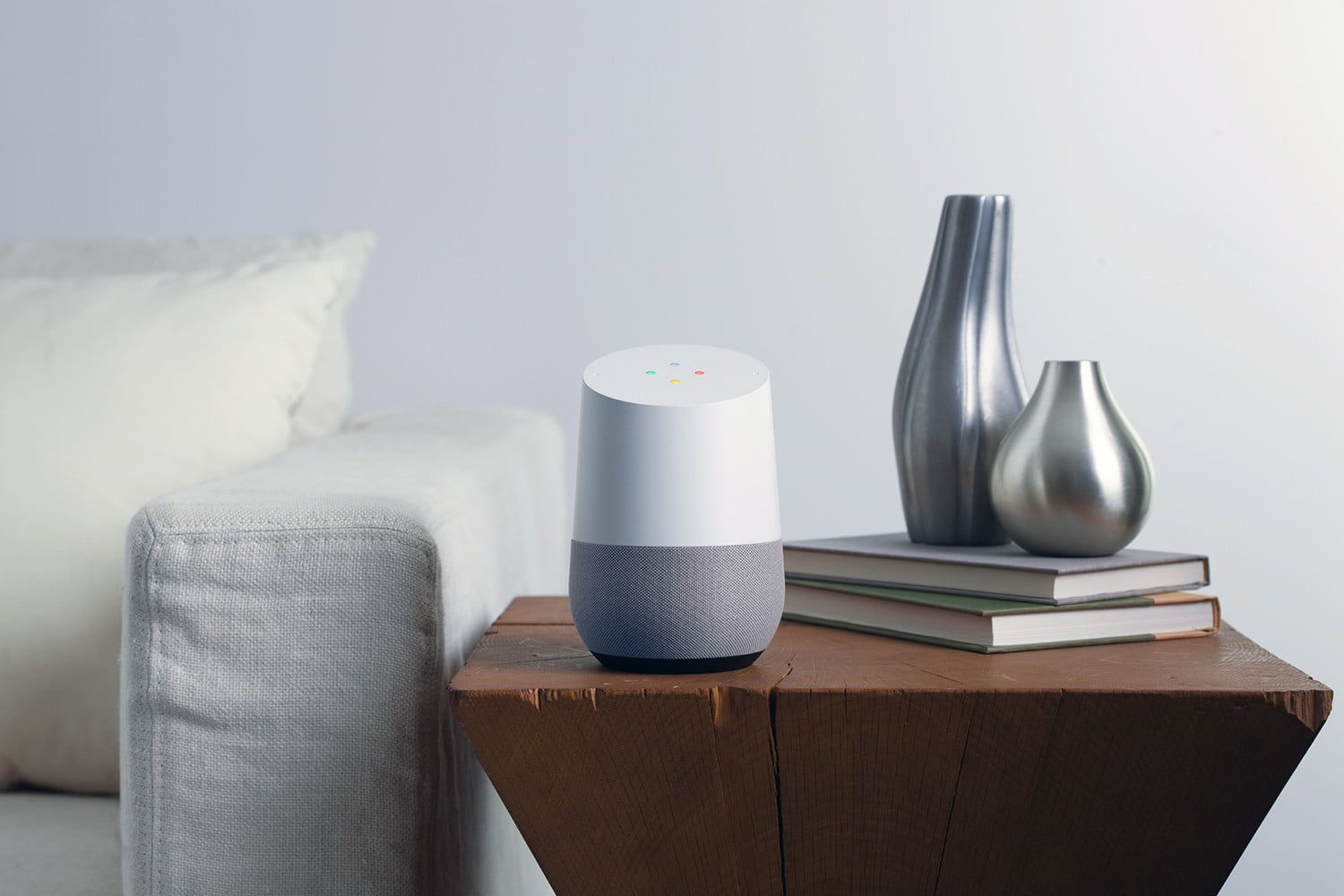
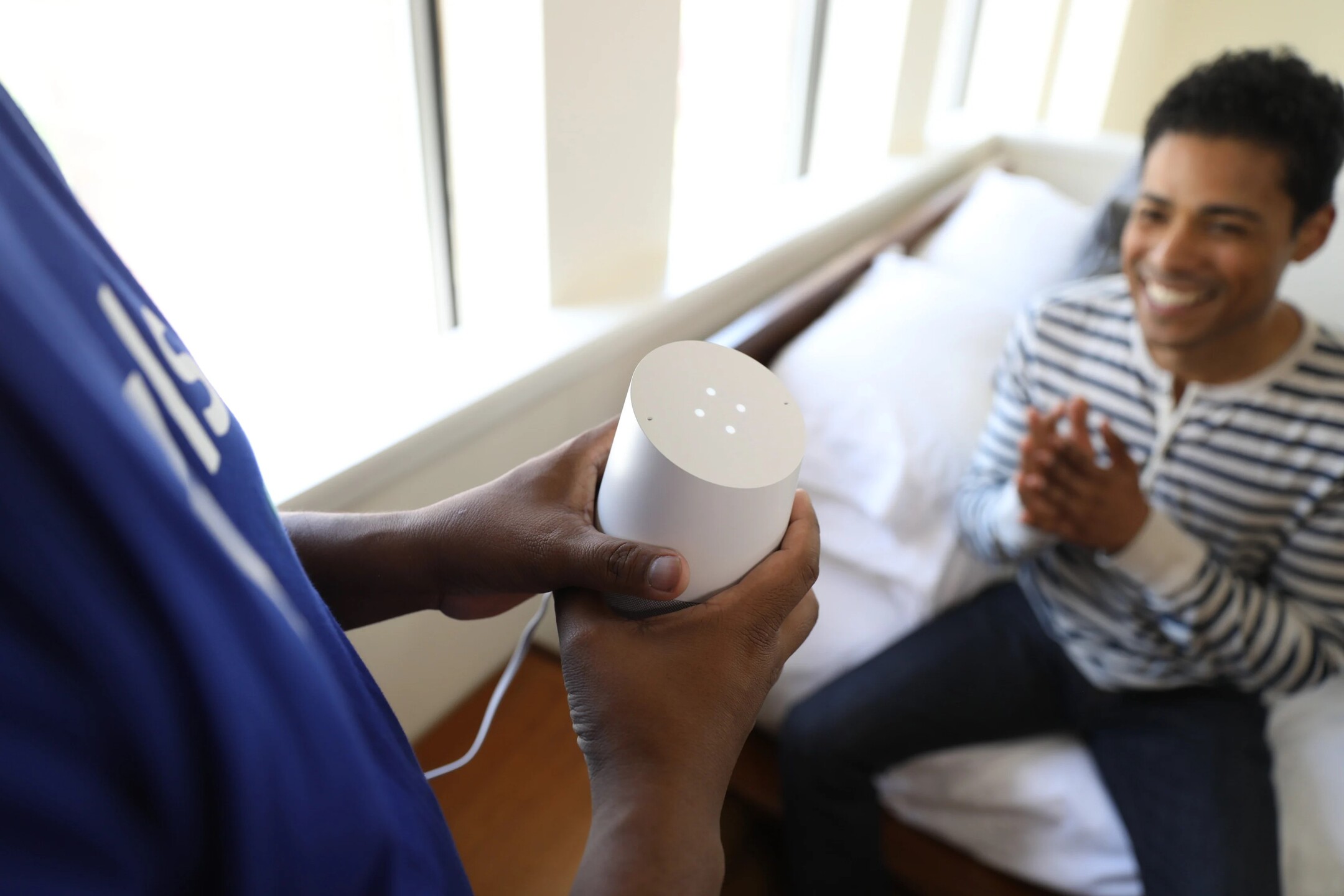
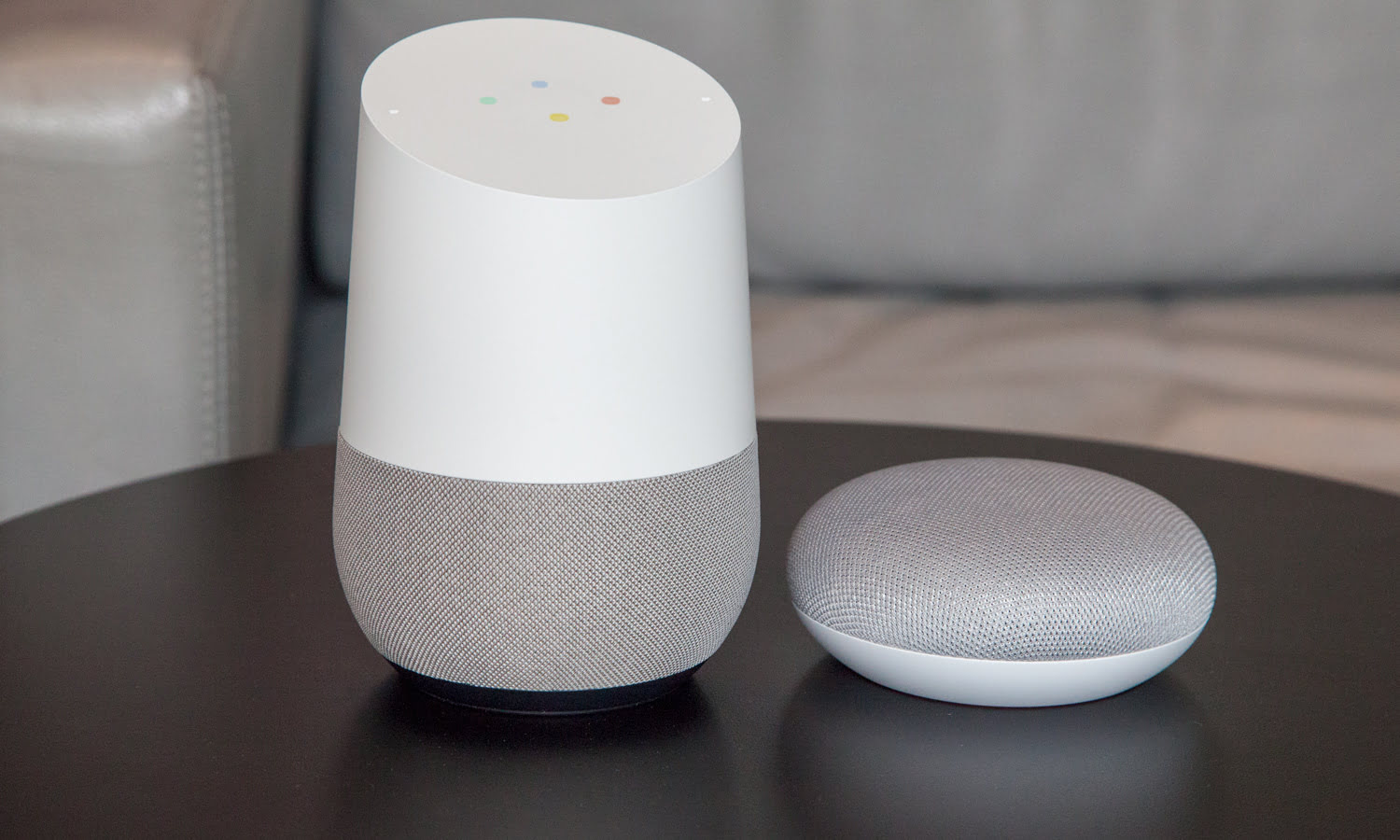
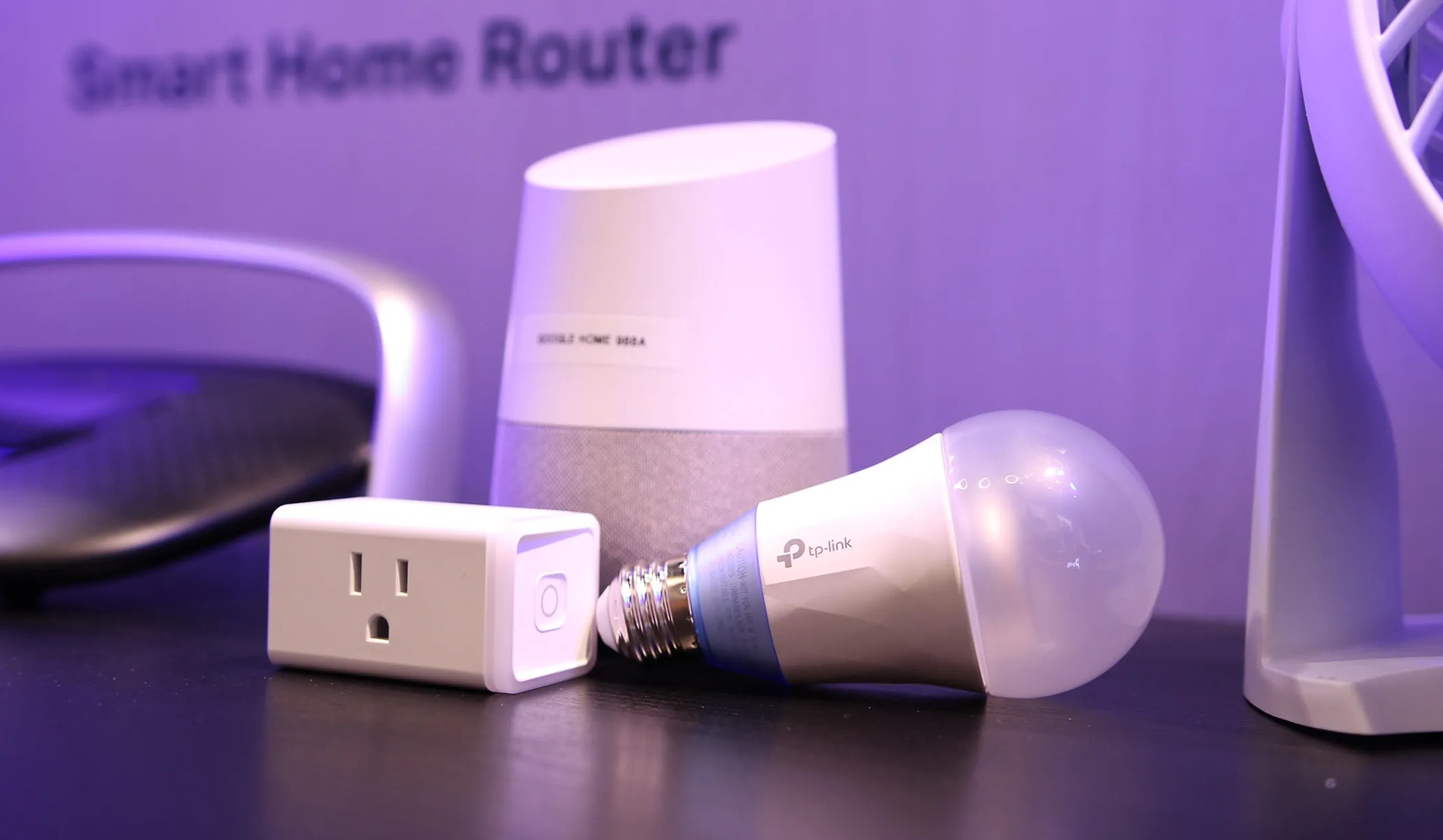

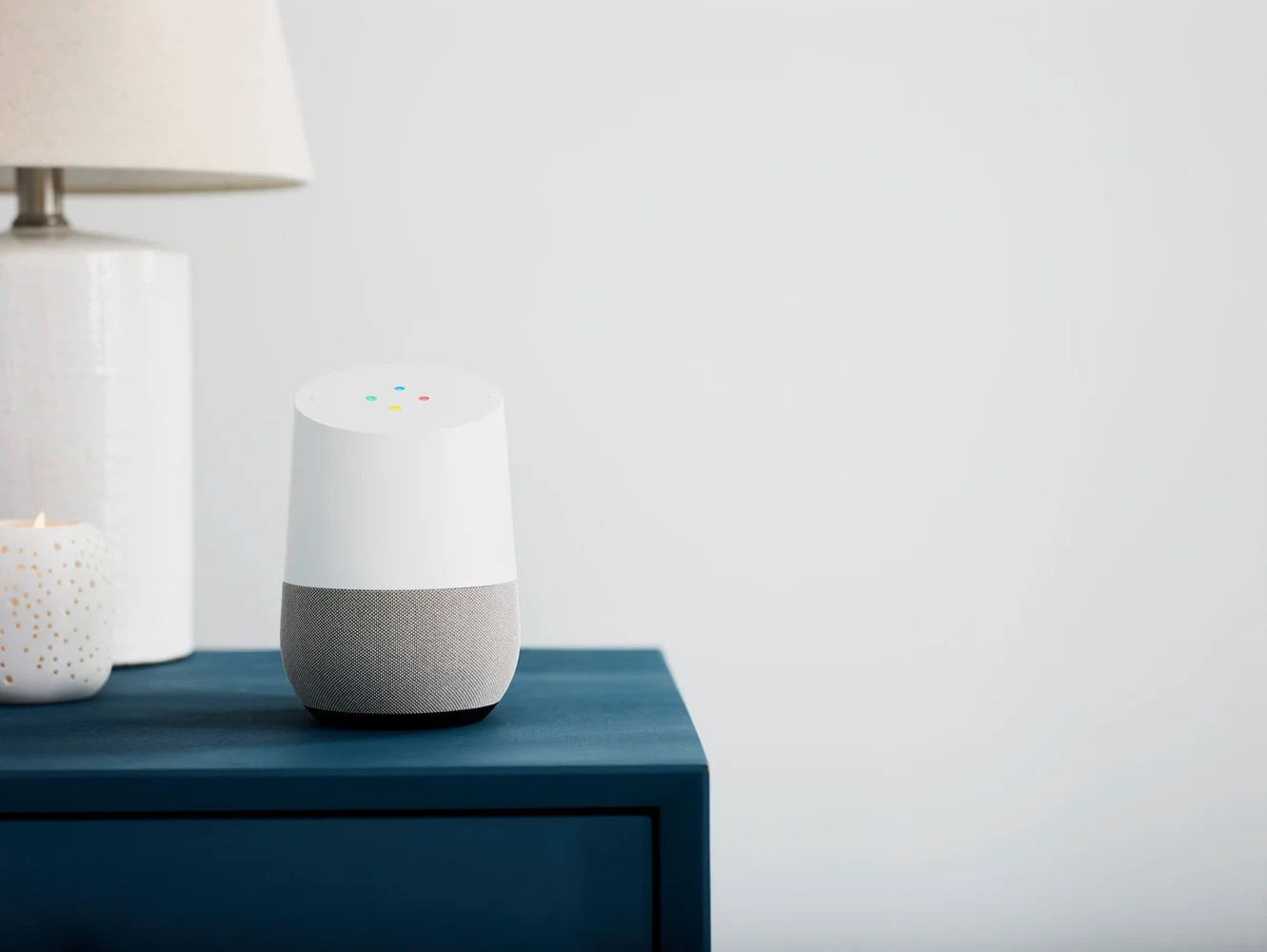
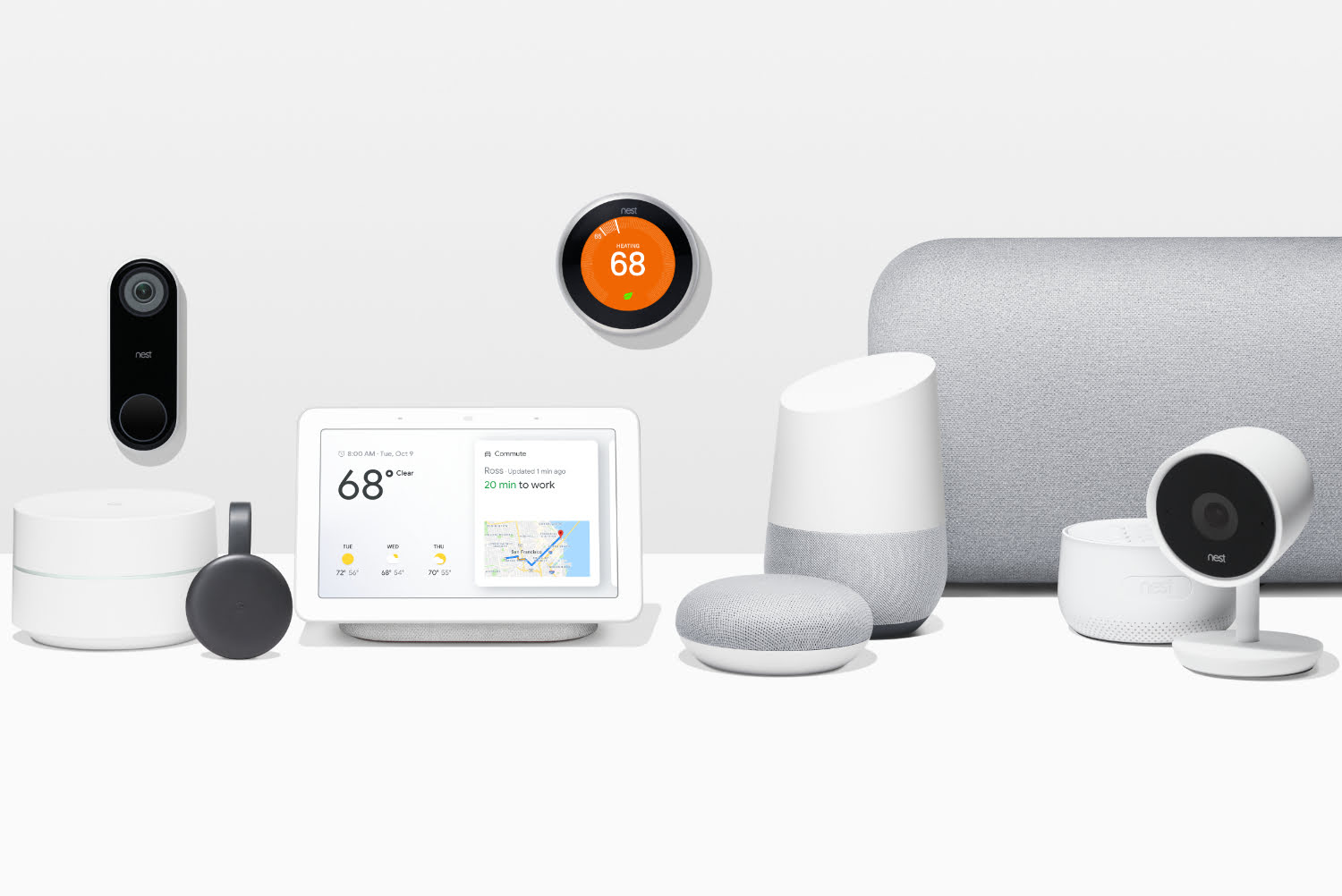
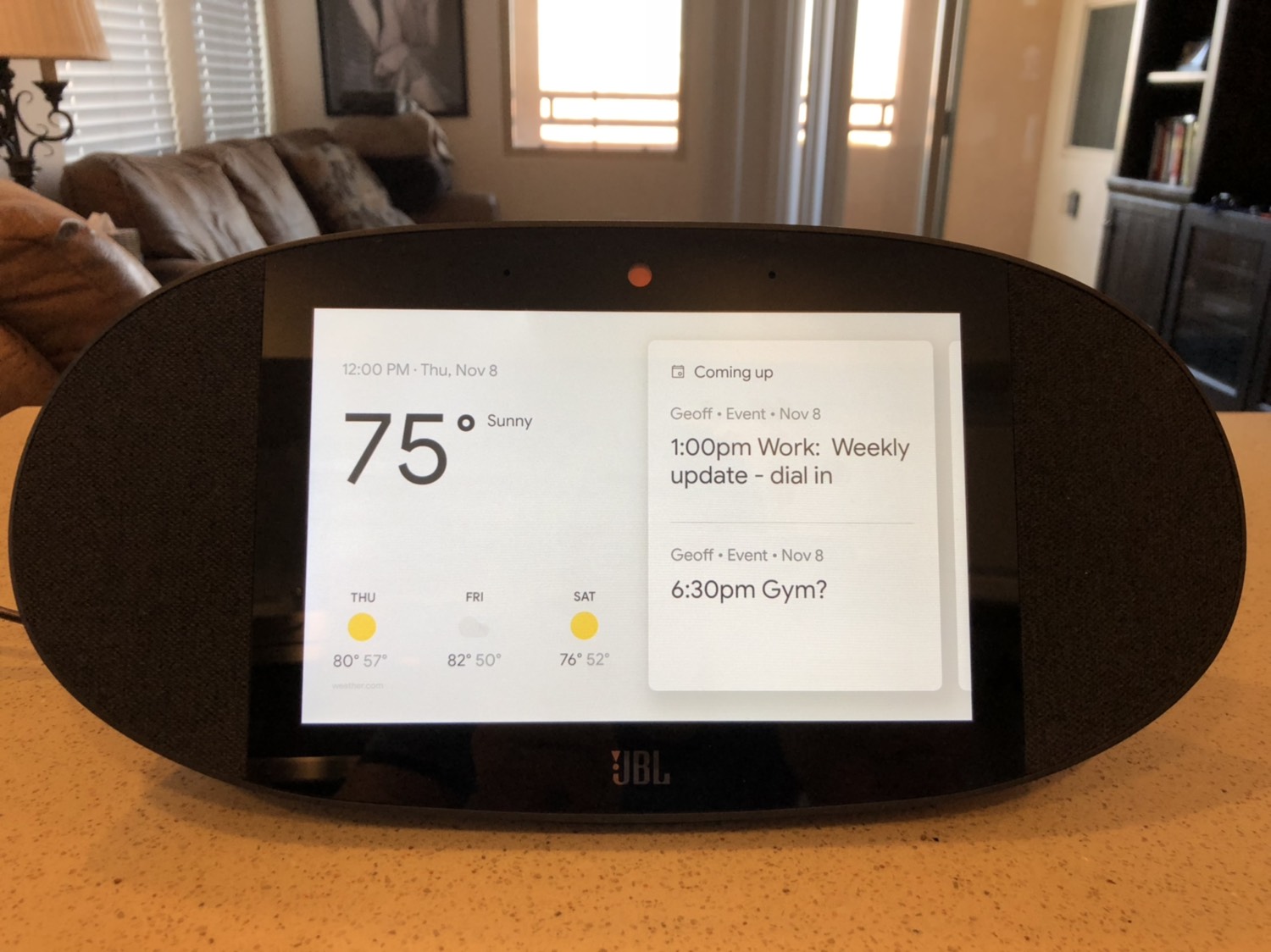

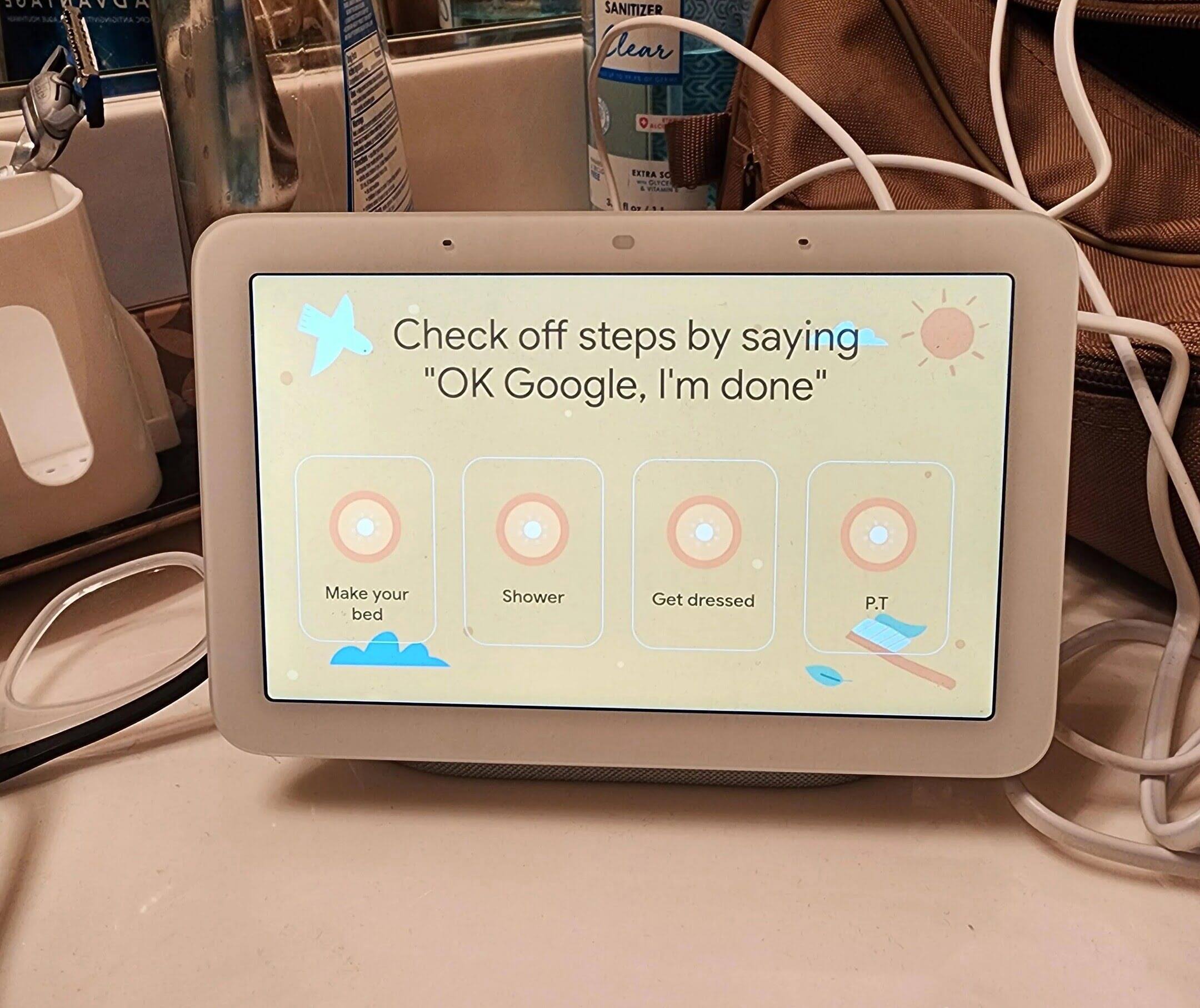

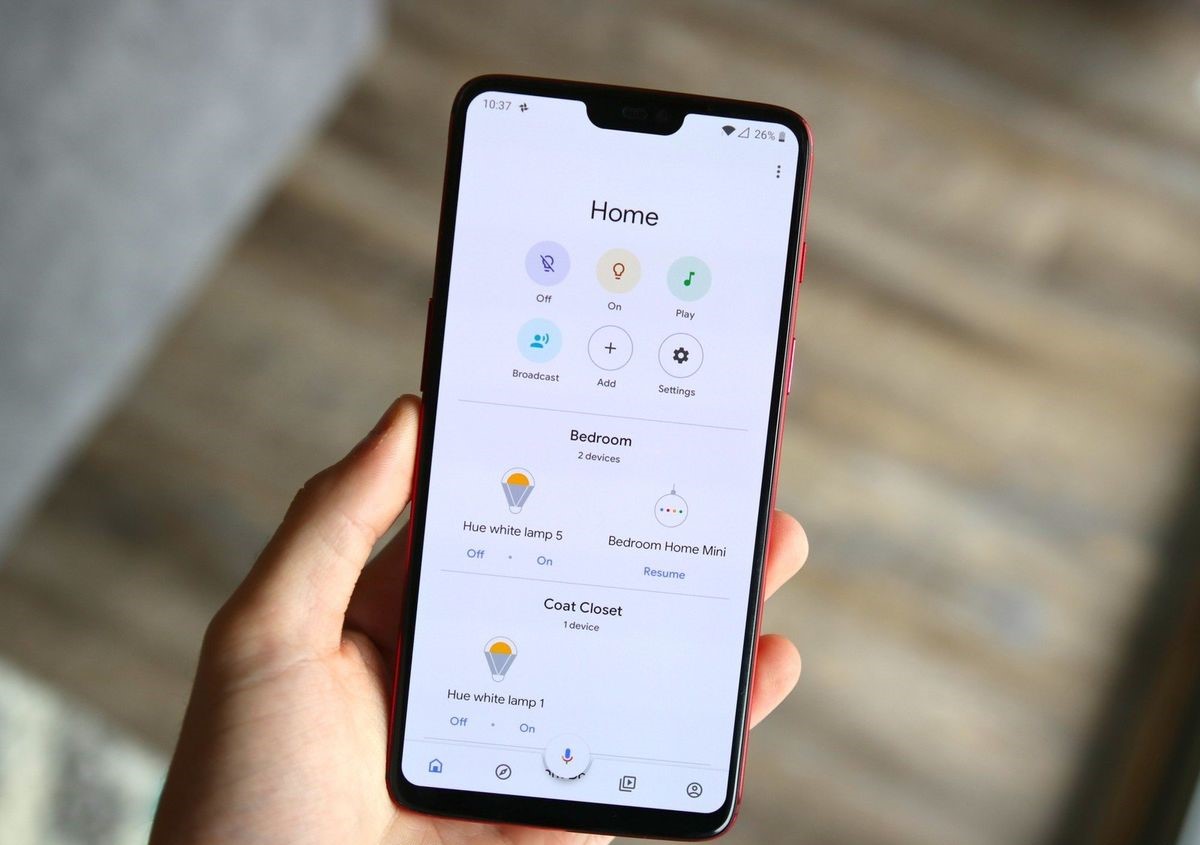
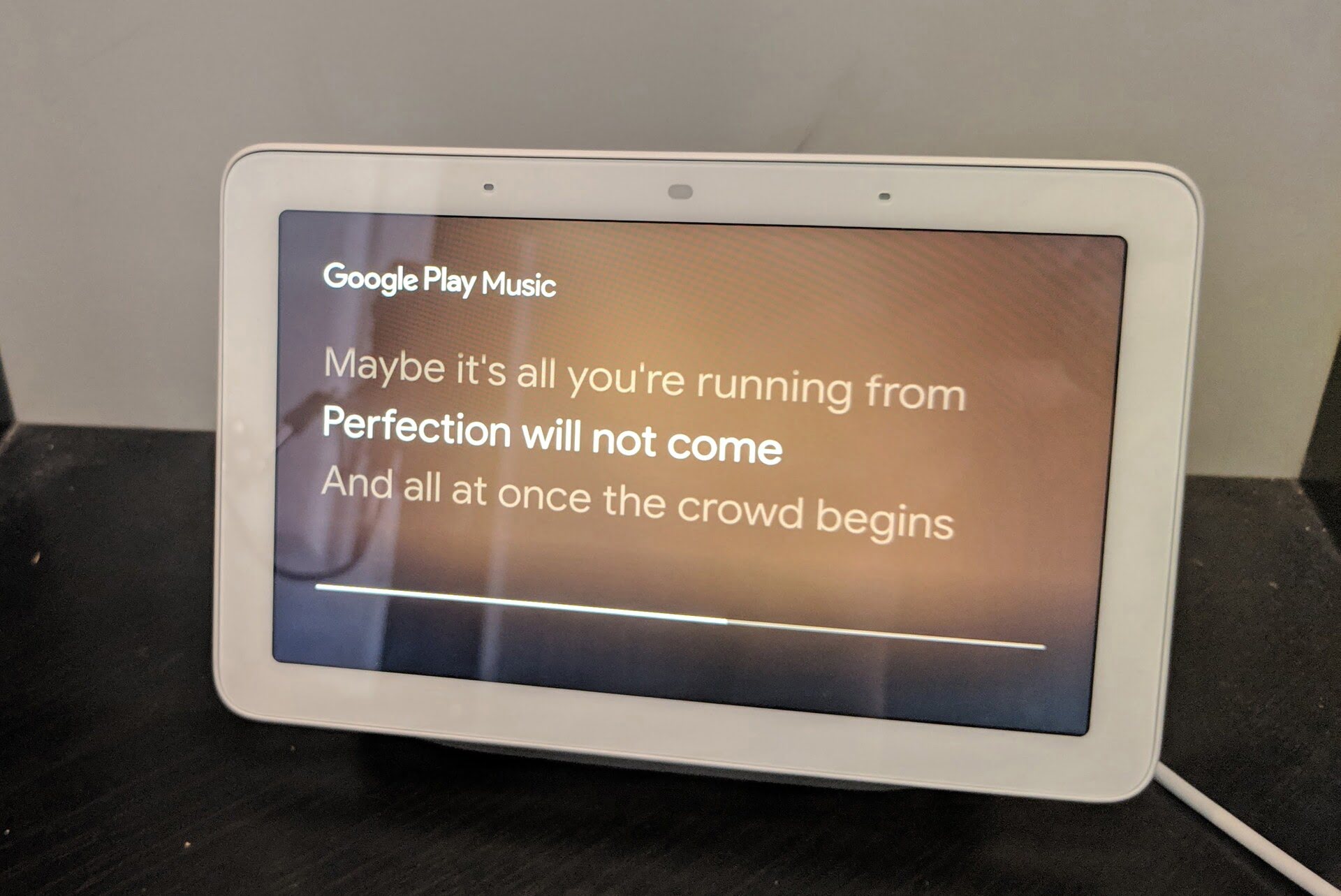
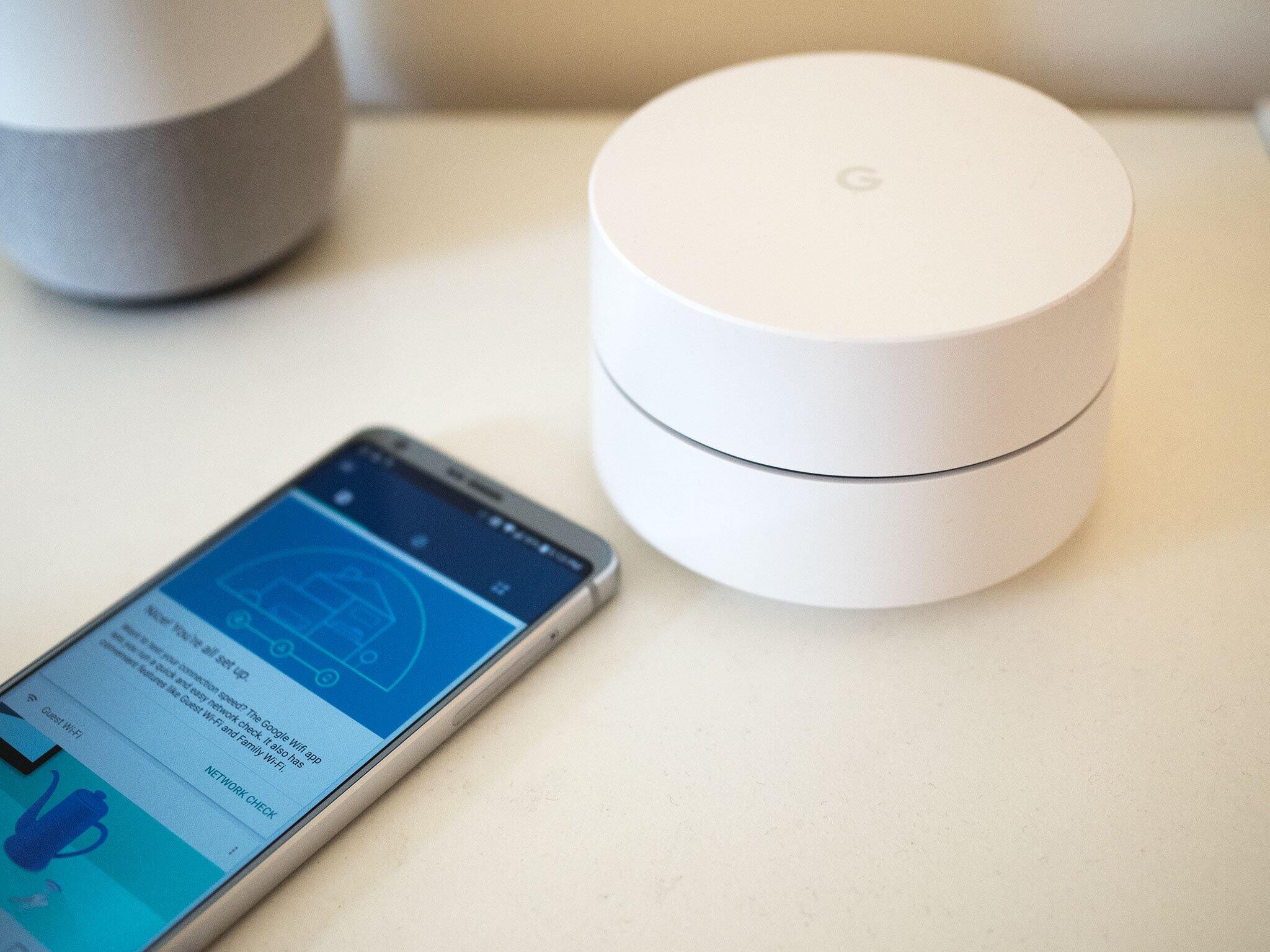

0 thoughts on “What Is Google Home For”